Used to be that no matter what problem was perceived to exist in classroom teaching and education, it could be “solved” with expensive consultants. Purported experts would parachute in to retrain educators and revamp curriculum. Often, little to no progress was made.
Consultants had no idea what was going on in classrooms,” says Michael Delaney, an Amador County Teachers Association member and longtime elementary school educator.
He applied for the Instructional Leadership Corps (ILC) when it launched in 2014 with the express purpose of having teachers train teachers and lead the transformation of the profession. After all, he says, “teachers in the classroom are on the front lines, they’re on the cutting edge.” As an ILC member, Delaney shares his expertise in science with colleagues statewide.
ILC started out by asking the question: How might educators work together to take charge of their own professional development and improve educational outcomes for students?
The answer, and ILC’s goal: Grow the ability of local educators to enrich instruction and assessment practices in their schools, increase student learning, and create professional learning experiences for other educators. Specifically, ILC is building a network of accomplished teacher-leaders such as Delaney to support implementation of school wide professional learning around the California standards and the Next Generation Science Standards.
To date, ILC has grown hundreds of educator trainers and presenters, and served 77,000 educators. The program continues to scale, increasing local capacity for educators’ continuous instructional improvement so that all students in California can be well prepared for college, career and life.
“ILC establishes that teachers are not the problem but rather an essential part of the solution,” says Jon Snyder, executive director of the Stanford Center for Opportunity Policy in Education (SCOPE). “Teachers throughout the state said, ‘We know something, and we can make a difference.’ All it took was permission and a little support. The project documents the caliber of the teachers in this state. They’ve taken control of their own growth in leadership and professional development, and in kids’ education as well.”
ILC’s success in its first three years resulted in funding for a second phase of work during the academic years 2017 to 2020.
ILC and CTA’s strategic plan
ILC is a partnership of CTA, SCOPE, and the National Board Resource Center (NBRC) at Stanford University. Its mission dovetails with CTA’s strategic plan, which focuses on leadership development, support for teaching and learning, and equity and access for all students.
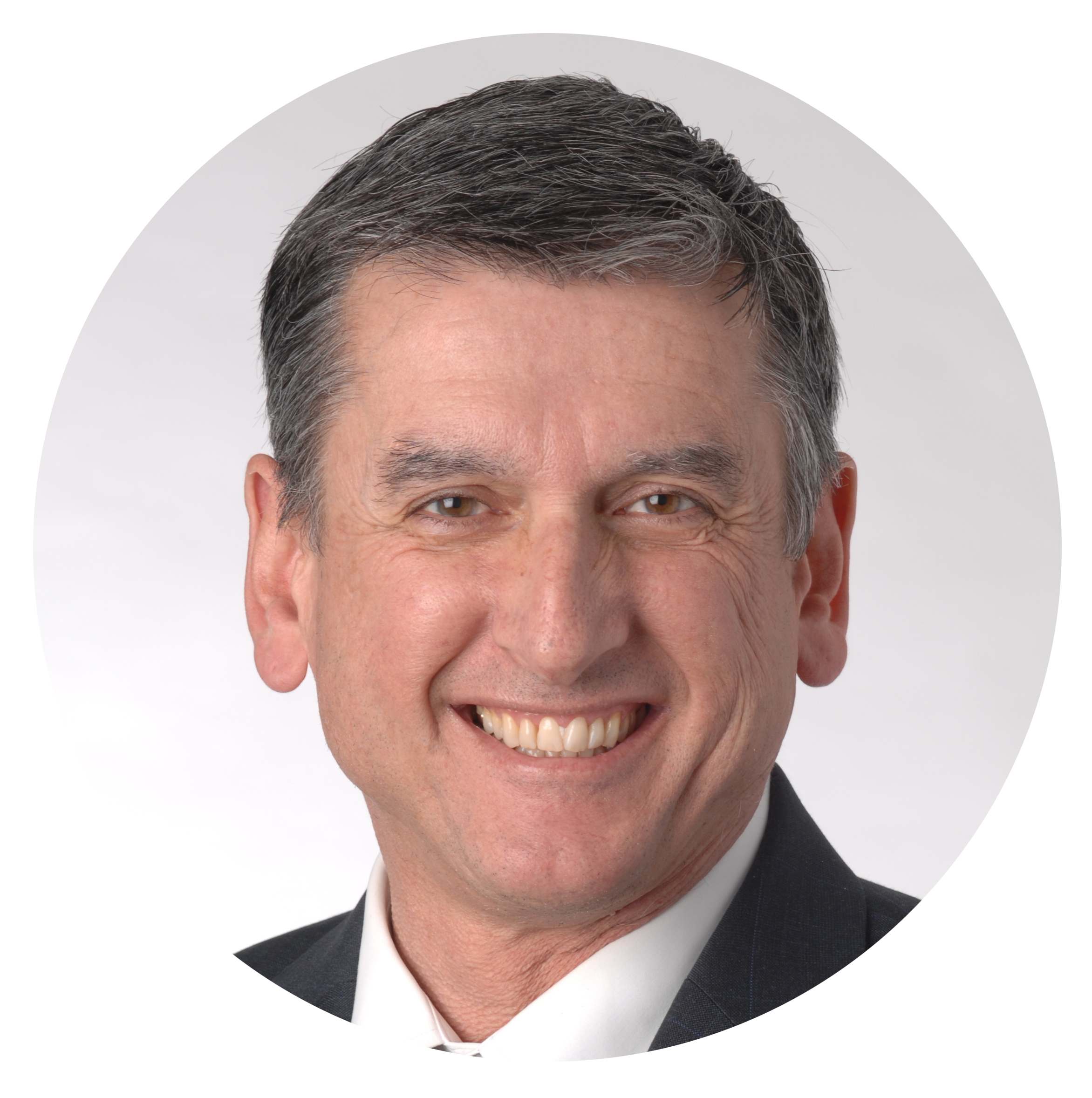 “A major strategic area for CTA is transforming our profession,” says CTA President Eric Heins. “We do this by supporting the highest standards of quality in student-centered education. With the ILC, CTA is at the forefront of quality, educator-driven professional development that benefits all schools and all students.”
“A major strategic area for CTA is transforming our profession,” says CTA President Eric Heins. “We do this by supporting the highest standards of quality in student-centered education. With the ILC, CTA is at the forefront of quality, educator-driven professional development that benefits all schools and all students.”
Heins adds that leadership development, also central to ILC, is another strategic area for CTA.
The ILC project uses the organization of CTA’s four regions. CTA’s Instruction and Professional Development Department staff conducts most of the outreach and provides
support for the project.
ILC members are selected from CTA member ranks, and teams of two or more conduct professional development workshops and trainings for educators around the state. The project was able to fund 184 members in its first year and 284 in the second and third years. For the next three academic years, 235 ILC members are funded.
“ILC has afforded its members the opportunity to build the professional capital of our educators to be leaders for teaching and learning needs,” says Marlene Fong, CTA co-coordinator for the project. “It has built an organizing culture around the need to support deeper and more rigorous learning for all our students.”
Trainings and workshops zero in on instructional strategies needed to successfully teach the new standards. An English language arts session might guide teachers on the use of evidence to support writing, or on how to engage students as they closely read texts. A science-based workshop might offer
strategies for encouraging students to generate thoughtful questions, and for teachers to create questions that produce deeper levels of thinking.
ILC is helping instruction of both peers and students to move to a coaching model, says ILC member Yolanda Muñoz, a United Teachers of Pasadena member who chairs CTA State Council’s Curriculum and Instruction Committee. “Instead of ‘I do,[then] you do,’ it’s ‘Let’s do it all together and go deeper.’”
“ With the ILC, CTA is at the forefront of quality, educator-driven professional development that benefits all schools and all students.”
— CTA PRESIDENT ERIC HEINS
There’s no one single approach to the new standards, Muñoz says. Educators can explore the driving questions and what’s needed to answer them. For example, her young students often ask why they need to know about fractions. She’s able to explain fractions’ essential function in music, cooking, chemistry and more. The learning comes when she asks them, “Can you recreate this and do something that makes sense to you?” — such as understanding how a garden’s ratios and proportions affect yield and how many tomatoes they need to make salsa.
Leadership as well as instruction
ILC members go beyond training, however, and into leadership roles. Melissa C. Gilbert, ILC co-coordinator and research associate at SCOPE, points to Madera Unified School District, where “some ILC members started out as classroom teachers and have now become academic coaches, assistant principals, associate superintendents, and even a superintendent. Some
members in Madera are now more involved in district work or in their union.”
In fact, many ILC members have assumed leadership in their local associations by becoming site reps, board directors and elected officers. One was elected to the NEA Board of Directors; several have been elected to CTA’s State Council. Others have become involved in professional organizations such as the California Mathematics Council and the California Science Teachers Association.
Michael Delaney says ILC has opened many doors to leadership for him. “I and other ILC members have become part of statewide communities of practice, where we meet with superintendents and district movers and shakers,” he says. “I’m also involved in research projects with the National Science Foundation because of ILC.”
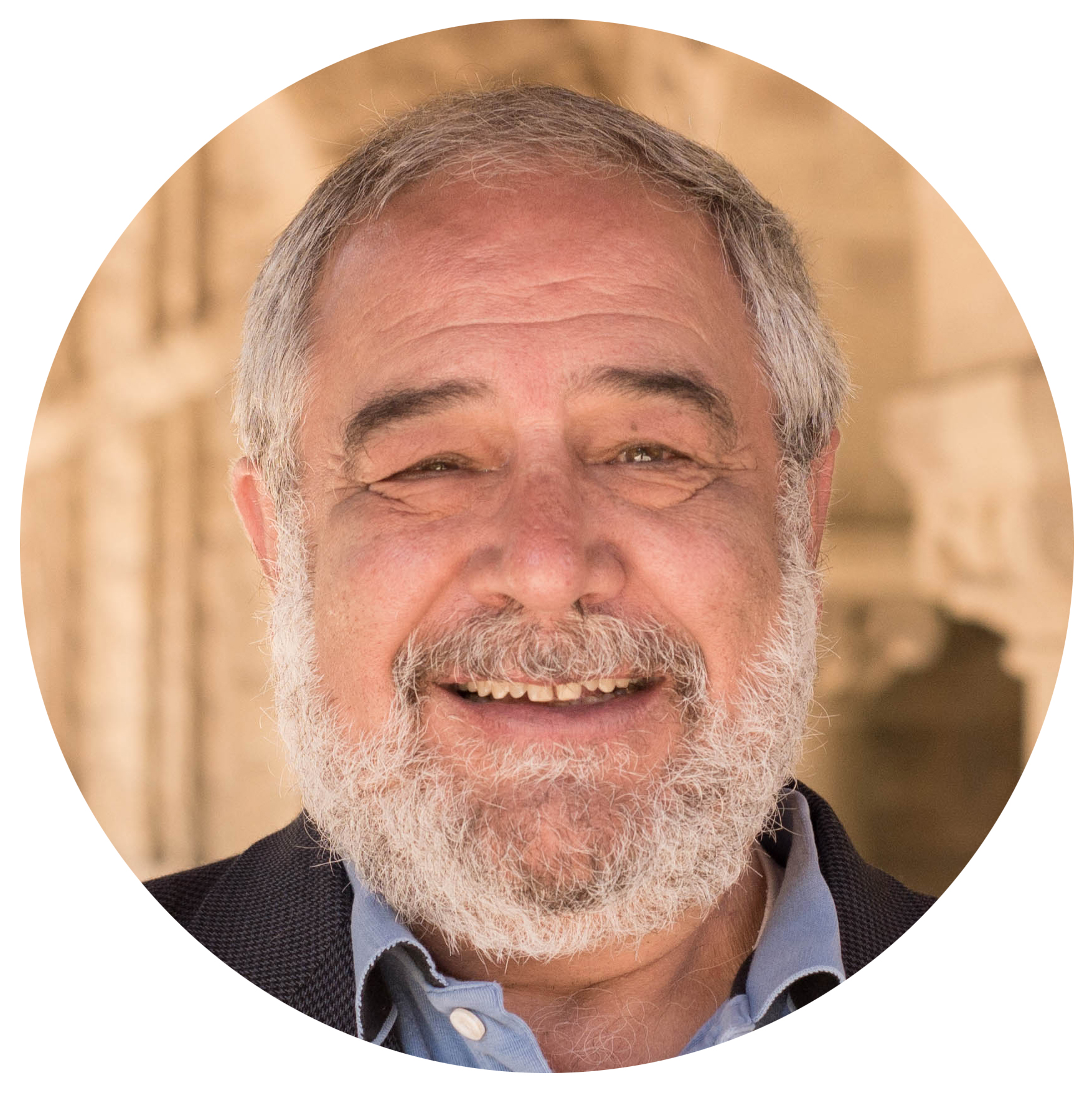
“ ILC establishes that teachers are not the problem but rather an essential part of the solution.” — JON SNYDER, EXECUTIVE DIRECTOR, STANFORD CENTER FOR OPPORTUNITY POLICY IN EDUCATION
Perhaps most significantly, funding and policy have changed in some districts as a result of negotiation and ILC work. For example, the Madera Unified Teachers Association bargained with Madera Unified to fund educators’ professional development, with key training from ILC.
In the ILC digital professional learning community on the website Collaboration in Common, ILC member and Madera Unified middle school science teacher Linda Tolladay recently marveled at progress made in the span of three years since she and a colleague started with a single ILC workshop. “Today our entire district teaching staff went to workshops provided by 70 or so teachers in our district,” Tolladay wrote. “Tomorrow they will do it again. Teacher-driven change is taking root inour district.”
“Taking root” means ILC work has gotten traction and become an integral part of the local educational culture, as in Madera. In other areas, ILC members are in positions to write professional development into policy, or into the contract.
“The ‘educator teaching educator’ model lends itself to some of the basic principles of organizing,” Heins says, “and components of the ILC project engages members to invest in their profession and take the leadership to define what is needed in their classroom. ”SCOPE’s Snyder mentions several other examples of ILC traction: “ILC’s Karen Sher works with the South Coast Writing Project at UC Santa Barbara — the ILC model is embedded in their work. Inglewood and Lenox are examples of two districts working together, sharing resources and doubling the impact of educators educating educators.”
Goals for Phase Two
Phase Two of ILC aims to expand and deepen partnerships to create and sustain self-supporting models of educators educating educators. Partly, this means geographic expansion into rural areas historically underserved by other providers, deeper training with teachers, and stronger partnerships.
“If you look at a map, ILC members are where population is, which makes sense,” Snyder says. “But what about kids in Crescent City, desert areas, Shasta? We are adjusting our model so we can help kids who don’t have access to nearby colleges, where there are lots of kids and teachers who have talents and skills that we want to help develop.”
In Phase Two, educators will participate in multisession experiences, which will allow them to come back and reflect upon what worked and what didn’t. “We need to provide more in-depth training than we did the first time,” says Snyder. “We met with teachers a few times at most, which is better than one shot. But we can do better.”
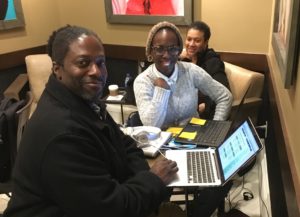
The ILC midyear conference in Irvine in February 2017.
In addition, ILC will strengthen its work with partners such as school districts, county offices, the California Department of Education and higher education organizations to develop sustainable partnerships. This could be ILC member-led training as part of a district’s LCAP or a chapter’s contract or ILC members helping plan professional development days, seeking positions for teachers on special assignment to engage in ILC work, and helping local colleagues build capacity.
Of the 235 ILC members funded for the next three academic years, 24 are peer support providers. PSPs are experienced ILC members who provide learning support to their colleagues. Sixteen PSPs are assigned to continuing teams, and eight PSPs are tasked with reaching out to geographically isolated areas to identify and support newer teams.
Beyond 2020
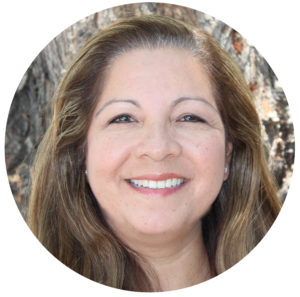
Yolanda Muñoz
Yolanda Muñoz is one of the eight PSPs who will be working with ILC teams in rural areas, specifically in the High Desert. She is excited about this next phase of ILC work. “We’re building on 21st century skills to become better learners,” she says, noting that ILC work has also changed her as an educator. “It’s deepened my learning, impacted my instruction, allowed me to be creative and dive deeper into the lesson.”
Michael Delaney thinks his students, especially, have benefited as a result ofhis work with ILC. “My science education is much richer,” he says. Now an ILC PSP overseeing two teams, his goal over the next few years is for “teacher-led training be the norm.”
Eric Heins is hopeful that ILC work in the future will lead to educators’ professional development built into core state funding and operations. “ILC is creating models of effective professional development,” he says. “Ideally a steady stream of funding would support these models — through legislation and through institutions of higher education.”
Partnerships could be equally expansive. “A lot of ILC success has only been made possible with CTA’s organizational factor, so can we build it into the water supply,” says Snyder. “But it shouldn’t be dependent on Stanford. Three years from now, it could be a coalition of higher education providers partnering with CTA and the NBRC.”
For more information, see cta.org/ilc
ILC Project Principles
Five project principles guide efforts to grow educators’ leadership capacity to improve instruction within California public schools:
- Use capacity to grow capacity — develop the capacity of existing exemplary educators to support the development of the capacity of their colleagues.
- Engage in cross-role collaboration to enrich the learning opportunities of ILC members and the learning opportunities they provide with their colleagues.
- Establish institutional partnerships (e.g., CTA, local schools and districts, NBRC, SCOPE) critical for growing the conditions for successful implementation of the California standards and NGSS.
- Develop knowledge and skills through a recursive and continuous approach of Learn, Do (practice, tryout), Assess (learn more deeply).
- Cohere and align with local initiatives and funding sources to use and sustain the capacities developed for the long haul.
ILC Key Benefits
- Helps students learn.
- Tailored to local needs.
- Cost-effective.
- Local educator led.
- Grows local capacity.
- Enables continuous improvement.
- Values and respects educators.
- Supports new state goals.
Bechtel Foundation Invests in Tomorrow’s Leaders
The vision of the S.D. Bechtel, Jr. Foundation, which helps fund the work of CTA’s Instructional Leadership Corps (ILC), is for a productive, vibrant and sustainable California that is a model of success and a source of innovation.
Its educational grants focus on student and educator projects in STEM education, character development and environmental literacy, and encourage effective education policy. The foundation emphasizes educator input, ongoing evaluation and learning, and strengthening capacity. For maximum impact, it will spend down its entire assets by 2020.
Here, Susan Harvey, education program director, and Arron Jiron, senior program officer, discuss the foundation’s funding philosophy and investment in ILC. (Their responses are blended.)
What are the Bechtel Foundation’s goals with education funding?
One part is about students, how their imagination can be captured and how they can use their big brains as much as possible. Stephen Bechtel sees the potential in all children, and wants to maximize opportunities for them to learn in an engaging way. Investing in STEM education in the early grades works toward this goal.
Another part is giving teachers access to quality data and professional development, so they’re fully equipped and prepared to teach the new standards. And we support social-emotional learning and character development so children can make the most of all kinds of learning opportunities.
How does that set Bechtel apart from other educational funders?
We invest in public schools, public education. Some are reluctant to do that — it takes hard work and significant resources sustained over a lengthy period of time.
We always make an effort to learn from the field what is working and what is not, and disseminate what our supported districts are learning to others. This foundation has a real will to invite solutions from the people near the challenges, rather than come up with solutions in our offices. We are constantly trying to listen, value and respect the experts in the field — and teachers are the experts.
We work side by side. If something is not working, we work with them to develop a course correction.
What are the determining factors in funding ILC?
Our team concluded teachers were a critical part of STEM education for California kids, and needed support to teach the new standards. ILC grapples with emerging and promising research about how kids grow and develop, and adjusts the practice, rather than designing something brand-new.
It’s a way for teachers who are having success to show other teachers. We hear this from teachers: One of the best methods of professional development is peer to peer. When teachers find out what works for their peers, it’s very effective and powerful.
ILC members can influence other projects — in districts, county offices of education — and help them be better. It scales to reach more teachers in implementation of the Common Core and NGSS. It has the capacity to commit to the work and complete the work. And it’s representative of the state.
Why is the work of teachers unions important in education?
We really respect the leaders in K-12 education, including in unions. We need teacher voice in implementation, and CTA has a lot of teacher voice. We value CTA leadership, its vision, and its ability to implement at a scale that we can’t get to through other efforts.
How is long-term sustainability of ILC best achieved?
We’re seeing sustainability now: ILC teachers are taking things they’ve learned through the effort and assuming new roles in their own areas. That is a huge success.
But ILC must go deeper, focus on hard-to-serve areas, and forge more and stronger partnerships. It must build off the leadership and network already in place. It must be attentive to scale while being thoughtful and intentional about putting teacher teams together. Scale is connected to capacity — you have to balance. ILC has 200-plus core members; if it has 1,000 core members, what do you lose in the interactions?
ILC’s work has a resounding ripple effect, in the number of teachers reached, in changes to district policy about the new standards, in reinforcing the value of teacher voice in professional development. Funders will be looking for ways to close the gap, foster future teachers, and ensure teacher quality and retention.
Impact on Teaching, Learning
The Learning Policy Institute is conducting case studies of several ILC teams. ILC members from a few of these teams describe how their work has made an impact:
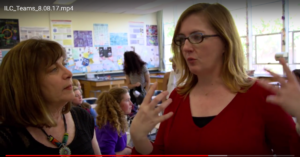
A scene from a video about the collaboration between ILC teacher leaders Maria Laws, Acalanes Education Association, and Jan Robertson, Mt. Diablo Education Association. The pair worked together on an ILC presentation that looks at ways weather phenomena can engage students in meaningful scientific dialogue and discovery, and how art strategies can lead to deeper scientific understanding.
ILC member Ma Bernadette Salgarino, a National Board Certified Teacher who works at the Santa Clara County Office of Education, and her ILC team focus on the new standards in math. She remembers that in previous years, well-known math education leaders would come speak on the topic at annual symposia. Teachers were left inspired but unclear how they could implement the strategies that were shared.
Now, Salgarino and her team incorporate videos of ILC-sponsored professional development into symposium programming, and schedule follow-up sessions. The result is that participants see the new standards being implemented in colleagues’ classrooms, try them out in their own classrooms, and come together again to share and learn from their successes and challenges.
“ Treat us with respect, value what we offer, and we will all witness an amazing change in education.” — ABA NGISSAH, INGLEWOOD TEACHERS ASSOCIATION
“I value the opportunity to build capacity among [these teachers] to lead their departments, school sites, and school districts to focus on the most important thing — student learning and supporting all learners to maximize their potential to succeed in life,” Salgarino says. ILC member Aba Ngissah, Inglewood Teachers Association, presents workshops on teaching about the environment and climate change, incorporating content from the California Education and the Environment Initiative (EEI). Through these workshops Ngissah forged connections with EEI, which led to her securing a $30,000 grant from Norris Foundation to work with students in her district. The funding helps mitigate severe challenges in Inglewood Unified School District, which deals with constant turnover in leadership and ongoing fiscal uncertainty.
Ngissah says ILC has brought a level of respect to educators. “It has given educators a platform where they are viewed and treated as professionals. Colleagues, district officials, administrators, communities, legislators are now being forced to view teachers in a different light — we know much and are willing to share, collaborate and continue our own learning.”
She adds, “Treat us with respect, value what we offer, and we will all witness an amazing change in education.”
The Discussion 0 comments Post a Comment